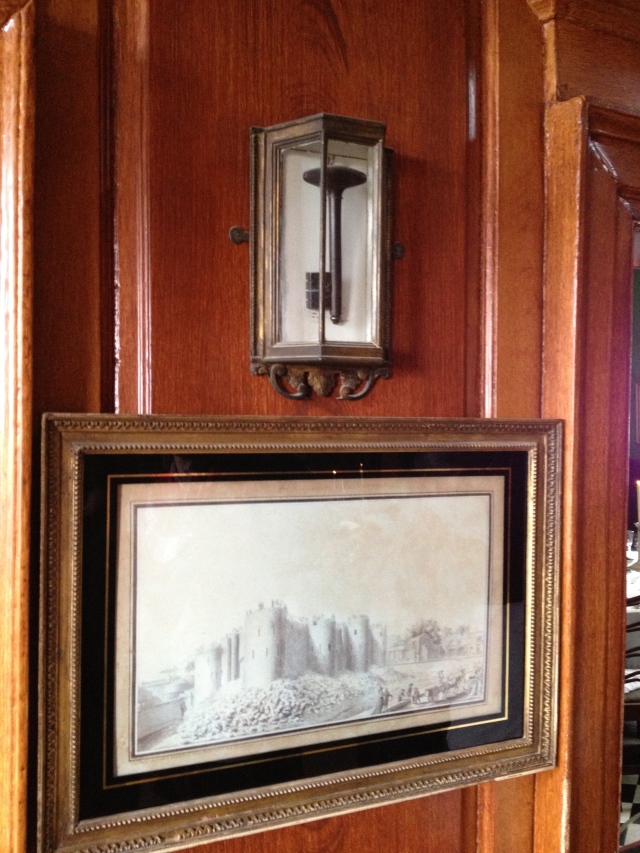Bastille Day is celebrated on July 14, and so it is not too late to comment on it. In France it is known as La Fete Nationale, or national celebration. It marks the storming of the Bastille in 1789, the beginning of the French Revolution. The Bastille, formally known as the Bastille Saint-Antoine, was a fortress in Paris, used as a state prison by the kings of France.
Basically it serves as the "shot heard 'round the world" for the French people, fed up with the ill-treatment by the royals. Things had gotten so bad, that Louis XVI did meet with the Estates-General who represented the common man, to hear their grievances. There was hope for the drafting of a constitution, but it was not to be. By July 11, the finance minister who was sympathetic to the people, was dismissed, and the people stormed the fortress to gain ammunition and gunpowder to arm themselves against the monarchy. The Bastille also held political prisoners, and though only about seven inmates were confined, their release was symbolic.
Shortly after this event, on August 4th, feudalism was abolished, and on August 26, a declaration of the Rights of Man and of the Citizen was proclaimed.
An interesting bit is that the young Marquis de Lafayette quickly assumed a role in the Revolution. He was placed in command of the local national guard formed to keep order. The main key to the Bastille was given to him by angry citizens making a gesture of freedom. Lafayette was also optimistic about the American Revolution, and decided to ship the key to George Washington in March 1790. He entrusted the key to Thomas Paine, who in turn gave it to John Rutledge, Jr. to have the honor of handing it to Washington!

Made of cast iron and weighing in at only one pound, three ounces, it is a heavy symbol, indeed. Washington displayed it in the presidential household, then later in his home in Mount Vernon in his entry hall where it remains today.
No comments:
Post a Comment